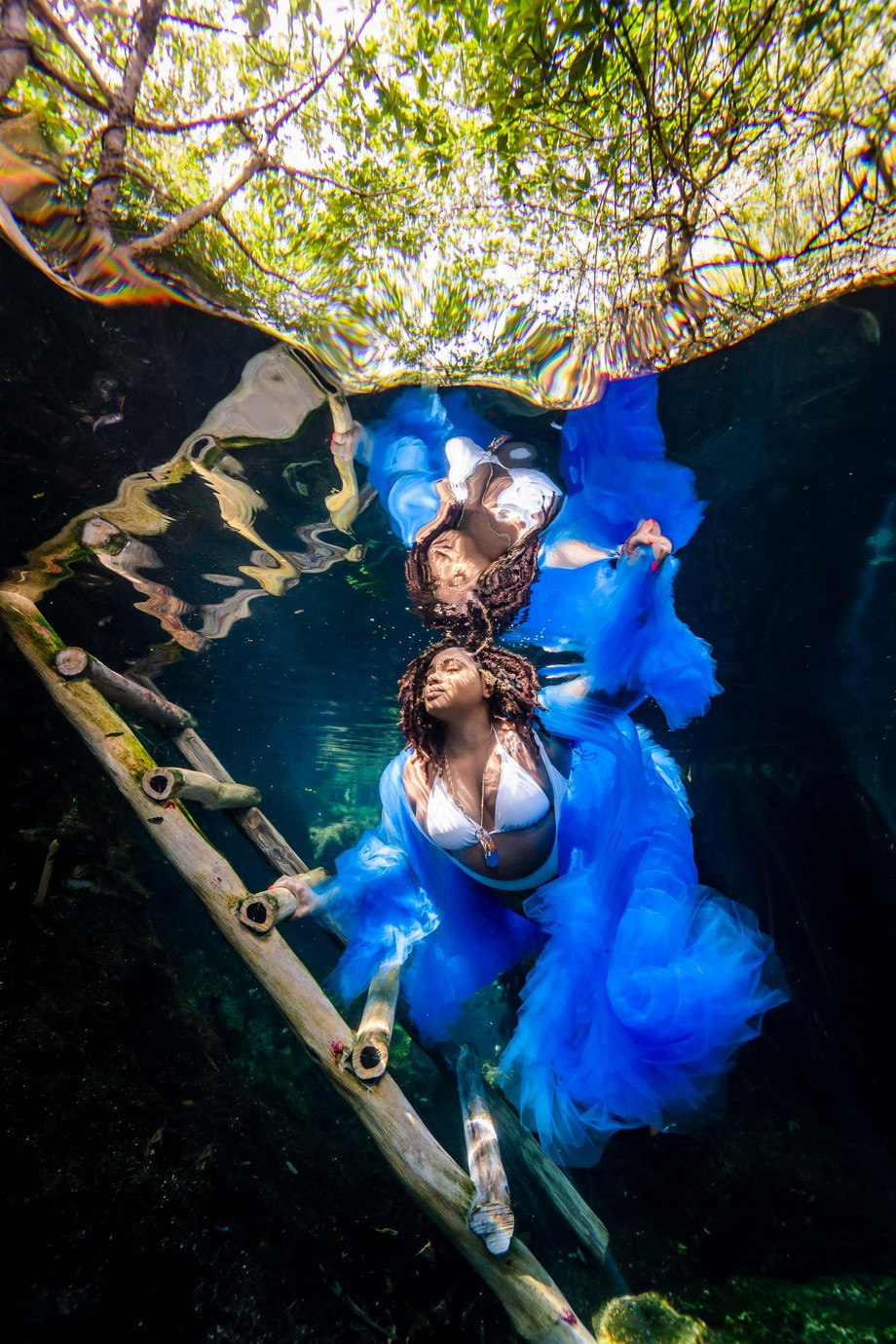Capturing Enchantment: The Art of Cenote Photography
Nestled within the lush landscapes of Mexico's Yucatan Peninsula lie hidden treasures of unparalleled natural beauty: cenotes. These freshwater sinkholes, formed by the collapse of limestone bedrock, offer a unique and mesmerizing world for photographers to explore and capture. Cenote photography has become an art form, attracting photographers from around the globe who seek to showcase the enchanting subterranean realms, vibrant aquatic life, and ethereal lighting conditions these natural wonders offer. In this article, we will dive into the world of cenote photography, exploring its allure, challenges, and tips for creating stunning images in these subterranean paradises.
The Allure of Cenote Photography
1. Natural Beauty: Cenotes are a testament to the Earth's natural artistry. With their crystal-clear turquoise waters, otherworldly rock formations, and lush vegetation, cenotes offer photographers an endless array of captivating subjects.
2. Unique Lighting: Cenotes are known for their exceptional lighting conditions. Sunlight filters through openings in the cave ceilings, creating dramatic plays of light and shadow. These conditions allow photographers to experiment with creative compositions and capture mesmerizing underwater sunbeams.
3. Rich Biodiversity: Cenotes are home to a diverse range of aquatic life, including fish, turtles, and even unique species adapted to the dark and nutrient-rich waters. Photographers have the opportunity to document these creatures in their natural habitat.
4. Historical Significance: Cenotes were considered sacred by the ancient Maya civilization and were often used for ceremonial purposes. Photographers can capture the historical and cultural significance of these sites through their lenses.
Challenges of Cenote Photography
While cenotes offer exceptional photographic opportunities, they also present unique challenges that photographers must overcome:
1. Underwater Conditions: Much of cenote photography involves submerging in the water. Photographers need to be comfortable with underwater equipment and techniques, such as adjusting buoyancy, managing natural light, and avoiding disturbing the fragile cenote ecosystem.
2. Water Clarity: While cenotes are renowned for their clear waters, changes in weather or water runoff can affect visibility. Timing and choosing the right cenote can help ensure optimal water clarity for photography.
3. Low Light: In some cenotes, natural light can be scarce, especially in the deeper sections. Photographers may need to use artificial lighting sources like strobes or video lights to illuminate their subjects properly.
4. Access Restrictions: Some cenotes have limited access, require permits, or may be located on private property. Photographers should research and plan their visits accordingly to avoid disappointment.
5. Environmental Conservation: It is essential to prioritize environmental conservation when photographing cenotes. Avoid disturbing wildlife, never touch delicate formations, and respect any guidelines or regulations set by local authorities.
Tips for Cenote Photography
1. Plan Your Visit: Research cenotes in the Yucatan Peninsula and plan your visit based on your photographic goals. Consider factors like water clarity, accessibility, and the presence of interesting geological features.
2. Use the Right Gear: Invest in underwater photography equipment, including a waterproof camera or housing, wide-angle and macro lenses, and underwater lighting. Ensure your gear is properly maintained and waterproof to avoid accidents.
3. Master Underwater Techniques: Familiarize yourself with underwater photography techniques, such as adjusting white balance, managing exposure, and using artificial lighting effectively.
4. Timing is Everything: The best time for cenote photography is typically during the dry season (November to April), when water clarity is at its peak. Arrive early in the morning or late in the afternoon to capture the most stunning lighting conditions.
5. Experiment with Composition: Make the most of the unique lighting conditions in cenotes. Experiment with wide-angle shots to capture the vastness of the caverns and the play of light and shadow. Also, try macro photography to highlight the intricate details of aquatic life.
6. Respect the Environment: Practice responsible photography by respecting the cenote's fragile ecosystem. Do not touch or disturb underwater life, and avoid disturbing sediment that can reduce water clarity.
7. Local Guidance: If you are not familiar with a particular cenote, consider hiring a local guide who can provide valuable insights and help you navigate safely.
For More Info:-



Comments
Post a Comment